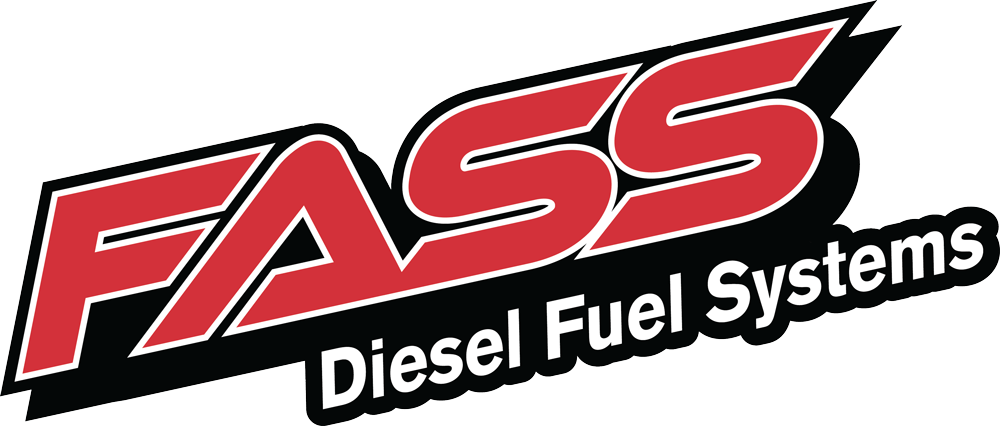How a Chassis Dyno Works: Understanding the Numbers
A chassis dynamometer (or chassis dyno) is a vital tool for automotive enthusiasts, tuners, and engineers who want to measure the power output of a vehicle’s engine at the wheels. Unlike an engine dynamometer, which measures power at the engine crankshaft, a chassis dyno more accurately assesses the real-world performance of a vehicle by simulating driving conditions.
This allows for a more accurate representation of how much power actually reaches the road.
In this article, we’ll break down how a chassis dynamometer works, its key components, and why it’s so important for tuning, performance evaluation, and troubleshooting.
How a Chassis Dyno Works: Understanding the Numbers
A chassis dynamometer is a device that measures a vehicle’s power (horsepower and torque) by assessing how much force the vehicle’s wheels produce while rotating on rollers.
A dyno simulates real driving conditions by applying resistance and measuring the power output transmitted through the drivetrain to the wheels.
Chassis dynos are often used in performance tuning, performance part installations, emissions testing, and diagnostics. They can evaluate a variety of vehicles, including cars, trucks, motorcycles, and even electric vehicles.
Key Components of a Chassis Dyno
- Rollers: The vehicle’s wheels sit on rollers, which simulate the rolling resistance of the road. These rollers are designed to spin in response to the vehicle’s wheels turning, mimicking actual driving conditions.
- Load Cell or Eddy Current Brake: A load cell or eddy current brake applies resistance to the rollers to simulate road conditions.
The more resistance applied, the more force the engine has to exert, which allows the dyno to measure how much power the engine is generating. - Sensors and Data Acquisition System: The chassis dyno has sensors that measure various parameters like wheel speed, torque, RPM, and sometimes temperature. This data is collected and transmitted to a computer system that processes the information and calculates the vehicle’s horsepower and torque at the wheels.
- Speed and RPM Measurement: As the vehicle accelerates on the rollers, the dyno measures both the rotational speed of the wheels and the engine’s RPM.
The relationship between these two values, combined with the resistance applied to the rollers, is used to determine power output. - Computer and Software:
The heart of the dyno system is its
data acquisition software. It analyzes the sensor data, compiles it, and then presents the results in terms of horsepower and torque curves.
Some dynos also provide additional diagnostic information, like air-fuel ratios or boost levels in forced induction engines.
How Does a Chassis Dyno Work?
- Preparation:
The vehicle is driven onto the dyno rollers, and the wheels are secured in place. The dyno operator may need to adjust settings based on the vehicle’s weight and type to ensure accurate readings.
- Acceleration: Once the vehicle is secured, the operator begins the test by gradually accelerating the car or truck. The rollers spin as the vehicle moves, mimicking road conditions.
The dyno measures how much power the engine produces by assessing how quickly the rollers turn. - Resistance Application: To simulate load, the chassis dyno applies resistance to the rollers. This can be achieved using a hydraulic brake or eddy current brake that generates a counter-force to the vehicle’s acceleration.
This allows the system to simulate real-world driving conditions, such as climbing a hill or towing a heavy load, putting the engine under load. - Data Collection: As the vehicle accelerates, the dyno’s sensors record important metrics such as wheel speed, torque, and RPM. These values are constantly sent to the computer, which compares them and calculates the vehicle’s power output.
- Power Calculation: The dynamometer uses complex algorithms to convert the torque and RPM data into horsepower and torque figures. These are the values displayed on the computer screen.
The results are typically shown in wheel horsepower (whp) or wheel torque rather than crankshaft values because the power loss through the drivetrain (including the transmission, differential, and axle) is accounted for. - Data Interpretation: After the test is complete, the dyno produces a graph showing horsepower and torque over the engine’s RPM range. The graph provides a visual representation of the vehicle’s performance.
This helps tuners and technicians understand the engine’s behavior at various RPM levels and evaluate its overall performance.
Why is a Chassis Dyno Useful?
- Performance Tuning:
Professional tuners rely on chassis dynos to adjust vehicle settings like fuel maps, ignition timing, and air-fuel ratios.
By running the vehicle on the dyno before and after making changes, tuners can observe the effect of those modifications on power and torque output. - Before and After Modifications: A chassis dyno is an excellent tool to measure the impact of performance upgrades, such as turbochargers, superchargers, exhaust systems, intake systems, or custom tuning.
It can give vehicle owners a concrete before-and-after comparison of their modifications. - Diagnostics and Troubleshooting: If a vehicle isn’t performing as expected, a chassis dyno can help pinpoint problems like poor throttle response, loss of power, or issues with the drivetrain.
It can also reveal subtle issues that might be difficult to detect during regular road driving. - Emissions Testing: Chassis dynos are sometimes used in emissions testing, particularly for ensuring that vehicles comply with local government standards.
The dynamometer can simulate real-world driving and measure emissions during testing, offering an accurate reflection of the vehicle’s on-road emissions. - Evaluating Towing Performance:
For trucks and other heavy-duty vehicles, a chassis dyno can be used to test towing capacity and performance.
It simulates the additional load from towing, providing real-world data on how the vehicle performs when under stress.
Types of Chassis Dynos
- Two-Wheel Drive (2WD) Dyno: This type of chassis dyno is designed for vehicles with power going to only two wheels (either front-wheel drive or rear-wheel drive). Only the driven wheels are placed on the rollers, and the unpowered wheels are left to turn freely.
- All-Wheel Drive (AWD) Dyno: For vehicles with all-wheel drive, a specialized AWD chassis dyno is used. These systems have rollers for all four wheels and can measure the power at all four corners of the vehicle, taking into account the additional drivetrain complexity and losses that occur in AWD systems.
Chassis Dyno vs. Engine Dyno
While both chassis and engine dynamometers measure power, the key difference is that
chassis dynos assess power at the wheels, which accounts for drivetrain losses, while
engine dynos measure power directly at the engine’s crankshaft.
The Science of Measuring Power
Chassis dynos are indispensable tools in automotive performance testing, tuning, and diagnostics. By simulating real-world driving conditions, they provide valuable insights into how much power a vehicle is actually delivering to the road.
Whether you’re tuning your streetcar, racing vehicle, or troubleshooting power loss, a chassis dyno is a powerful tool for getting a true measurement of your vehicle’s performance.
With advances in technology, dynos continue to improve in terms of accuracy, ease of use, and data collection, making them an even more essential part of the performance and automotive tuning industry.





